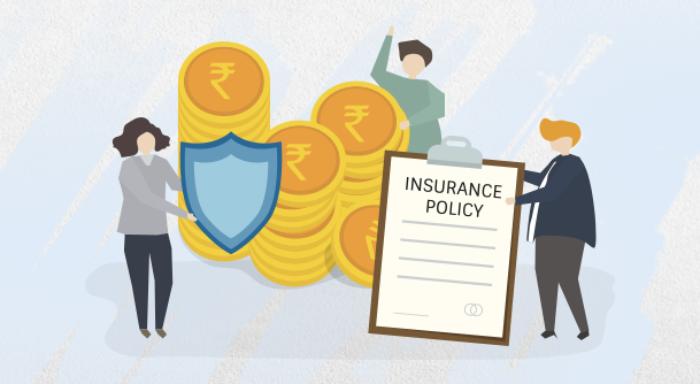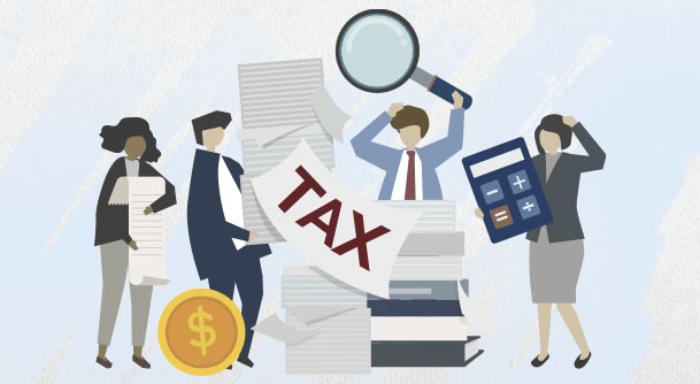What is the Deferment Period Under Child Plan
Blog Title
418 |
2/8/25 8:30 AM |
What is the Deferment Period Under a Child Plan?
Considering your child's educational or marriage goals is essential while forming your long-term financial plan. Due to the rising cost of education and overall inflation, you need a child savings plan if you want to fulfil your little one’s future dreams. Child insurance plans are one of the most useful savings instruments if you want to guarantee your child’s financial security. These plans grant a safety net in case of unforeseen circumstances while also growing your savings for future objectives.
However, before getting a child insurance plan, you need to understand what a "deferment period" is. Although sometimes overlooked, this term is crucial to executing your plan. Let's break down and determine why it matters for the future of both you and your child.
What is a Deferment Period?
In simple terms, it is the time that must pass before the policy's benefits are disbursed. This may be the period until your child achieves a specific age or developmental milestone, at which point they will be qualified to benefit from the coverage.
During this time, your child plan will grow in value and accumulate enough money to cover for essential life events, including paying for your child’s future education or other goals. It's similar to planting a tree: allowing it to mature before it produces fruit.
How Does the Deferment Period Work in Child Plans?
The deferral period operates typically as follows: you will pay premiums regularly when you purchase a child life insurance plan. However, the advantages won't be accessible immediately. Instead, the deferral period begins, during which you, the policyholder, will keep paying premiums as the plan's value increases.
The actual benefits of the plan begin to flow when the deferral period is over. Depending on the conditions of the plan, your child may receive payments in the form of recurring instalments or in a single lumpsum amount.
For instance, if you buy your child plan when your child is still young, the deferment period will last for several years until they reaches adulthood.
But here’s the best part: your child’s insurance is still in place during this deferment period. This means if the unexpected happens during this time, the policy provides financial protection for your family. Plus, some policies even allow you to get benefits like a waiver of premium if something significant happens to you.
Benefits of the Deferment Period
The deferment period has some significant advantages too:
1. Time for Growth:
The longer the deferral term, the more time your savings corpus has to grow. This means that your plan will accumulate a significant amount by the time your child’s old enough for higher education.
2. Protection from Insurance:
During the deferment period, your child is still protected even though the payouts aren't immediately made. The coverage ensures your child won't be left in an insecure financial situation if something happens to you.
3. A Savings Discipline:
The deferment period encourages consistent savings. Regular premium payments throughout this savings plan will lay a strong foundation for your child's financial future, just like with any other investment plan.
4. Flexibility:
Child insurance plans offer the flexibility of choosing your premium amount, premium paying term, and frequency of payment. Moreover, you can also choose your income payout period or opt for a lumpsum payout at the very end of your policy term.
Factors to Consider When Choosing a Deferment Period
Now that we know what the deferment period is and why it’s important, here are some factors to think about when choosing a child insurance plan:
1. Age of Your Child:
Generally, the deferment term depends on your child's age. For example, if you need additional funds to pay for your child’s college education, then the deferment period should end around that time.
2. Your Financial Objectives:
Are you setting up money for your child's future schooling, marriage, or other significant event? Your financial objectives should align with the deferral period. The deferral period should be lengthy enough to generate adequate money if you're planning for a major event in the future.
3. Premiums:
Pay attention to how your premiums change over the deferral period. Ensure the policy works within your budget because longer deferral periods may result in higher rates.
4. Flexibility in Payment:
Does the insurance offer flexible payment options after the deferral period ends? Look for plans that let you choose between receiving regular instalments or a lump sum payment.
5. Policy Terms:
Carefully review the deferment period to understand when it begins, how long it lasts, and what benefits you'll receive once it ends.
Final Thoughts
Choosing the best child insurance plan might be difficult but knowing how the deferment period works can make it a lot easier. It is essential to allow your plan enough time to grow, ensuring that your child will have the financial support they need when the time comes.
Investing in a life insurance policy provides you with a sense of security. But you need to be aware of the significance of the deferment period and aligning it with your long-term objectives. Ultimately, it’s not just about having a plan; it’s about making sure that the plan helps you fulfil your child’s dreams.










